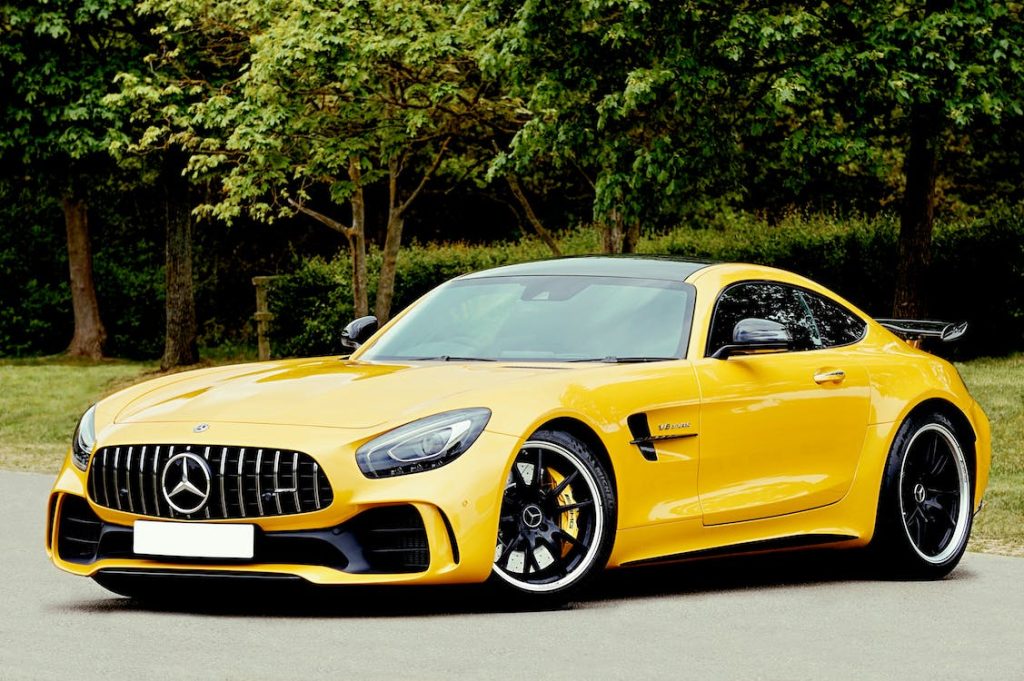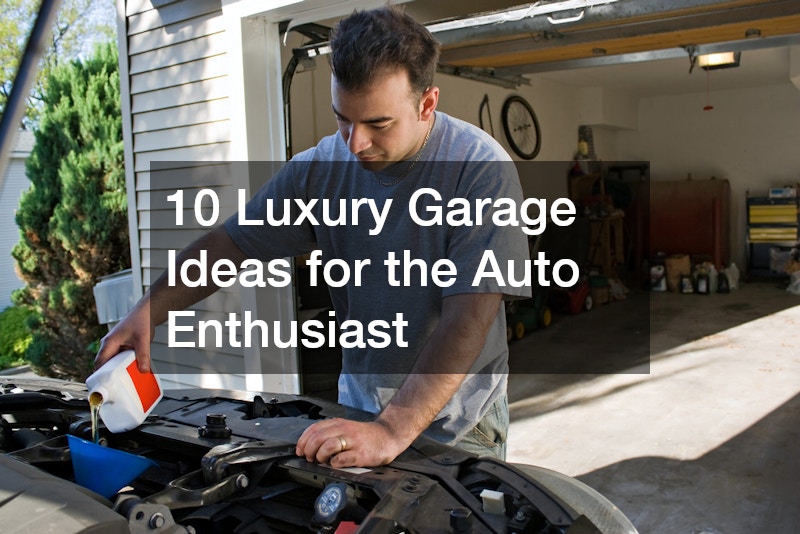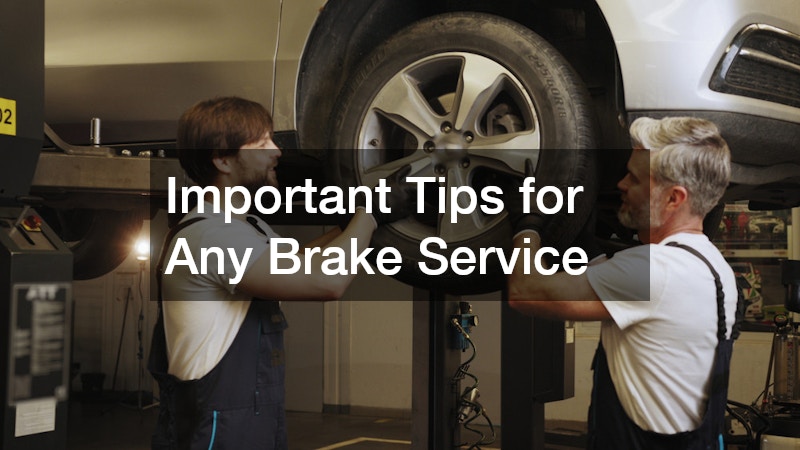Automobiles have been equipped with metal bumpers since 1901 when beams were first attached to the front and rear of cars to reduce damage from low-impact collisions. Initially used for ornamental purposes, these sturdy structures now serve a vital purpose in absorbing the shock of minor collisions. Using sophisticated bumper technology, motorists can dramatically reduce repair costs associated with these accidents.
Car bumpers aim to minimize harm inflicted on pedestrians and reduce the overall weight of a vehicle, thereby maximizing passenger protection from crumpling during serious collisions. Today’s plastic bumpers feature an outer plastic fascia covering a lightweight yet highly absorbent polystyrene foam core – no longer made exclusively with steel or rubber, like before.
Even as bumpers are designed to reduce damage to the vehicle in low-speed crashes, they can be damaged in these situations. And if it gets damaged, you need to know how to fix car bumpers. But you also can replace it and buy a new one.
Types of Bumpers
Several factors differentiate car bumpers, even though U.S. law mandates certain bumper height and impact resistance standards. Here are the different types available in the market.
- Standard Bumper – The majority of passenger vehicles use standard bumpers. These bumpers have no hitches or steps. Their energy-absorbing mechanisms are found in the plastic bumper covers.
- Tube Bumper – Tube bumpers are commonly found on rugged jeeps and lifted trucks, providing enhanced protection from impact due to their strong steel tubing frame. Unlike plastic shrouds, they do not compromise safety in the event of a collision.
- Cowboy Bumper – If you want your truck to be seen and noticed, a heavy-duty bumper with chrome plating is the perfect addition. They give an eye-catching gleam, and they can also tow hefty trailers without breaking a sweat! Older trucks usually use these bumpers. However, no matter what type of vehicle you own, there’s one that will suit its unique needs.
- Step Bumper – Many SUVs, trucks, and cars feature bumpers with a step-like cutout near the license plate. These bumpers often come equipped with pre-drilled holes for easy installation of ball hitches.

Fixing A Car Bumper
Minor collisions can leave major dents in your car’s bumper, but how do you know if it requires a repair or replacement? It all boils down to the severity of the damage. In lesser cases, a trained technician can repair your existing bumper. However, they may need to replace them when more serious circumstances arise.
Bumper Repair
Flexible bumper repair requires you to work to restore your plastic bumpers. You must sand, grind, sculpt, and paint the broken bumper. Knowing the savings you can enjoy by fixing a damaged bumper instead of paying out of pocket for a deductible is well worth your time and effort.
Many people make the mistake of running to their nearest auto parts store and buying inexpensive body filler and a can of paint that seemingly matches. But repairing plastic bumper panels and SMC door skins requires an entirely different set of supplies than those used for sheet metal repair.
Process of Fixing a Damaged Bumper
- Step 1: You need to access the repair area behind the car bumper. Depending on the dent’s location, you should unlatch a fender liner in front of the tire or a lower aerodynamic valence beneath the bumper for access. Both can be detached manually with ease.
- Step 2: To make the plastic more pliable, warm up the surface of the bumper with a heat-gun tool if you have access to one. If not, using hot water or a powerful hair dryer will also suffice. However, be wary of applying strong heat too close or focusing on one spot for an extended period – this can cause harm to your vehicle’s paint job.
- Step 3: To restore the dent, utilize a rubber-tipped dowel or one of the special tools you can find online. Carefully push out the dent from within until it begins to form its original shape. Then use the tool on any minor crevices for a smooth finish and reinstall your fender liner.
- Step 4: To complete the repair, use a plastic filler to fill in any holes or imperfections and sand them down with an appropriate grade of sandpaper. Once you’ve achieved a perfect surface finish, apply several coats of paint to make your bumper look as good as new. You can use spray paint designed specifically for automotive applications or opt for a touch-up paint that already matches the color of your car.
Signs to Look For Before Deciding to Repair a Plastic Bumper
Before you repair your bumper, you should look for signs indicating it may be beyond repair. Here are some signs to look for when fixing or replacing the entire bumper.
Cracks in the Bumper
When checking the damaged area, you should check if there are any cracks in the bumper. Though you can easily fix a dent, a cracked bumper cannot be repaired and will instead compromise its structural integrity.
In this situation, your bumper may not protect the car against future collisions or impacts. So, when you notice a cracked area after an accident, you should replace the bumper with a new one.
Damaged Hooks on the Bumper
Replacing a bumper instead of repairing it is essential if the hooks are broken or damaged. These hooks on the bumper itself attach to valance panels and guards to keep it properly secured.
As there’s no way to repair these parts after they break down, purchasing a new one becomes necessary for future protection. Once you notice your car’s hook malfunctioning, don’t wait any longer – grab yourself a brand-new bumper!
Significant Paint Damage
If your bumper is extensively scratched or its paint has chipped, replacing it may be better than repairing it. Sanding the surface and filling in deep scratches can take time and effort to even out the area for repainting.
Moreover, you’ll have to ensure that the color matches your car’s–which can prove tedious if there are ample imperfections on the existing bumper. Considering how difficult it will be to restore a damaged one, it’s easier for you to replace the bumper rather than work on the damaged area.
Repair and Replacement Cost
You should also consider if it is more cost-effective to repair or replace your bumper when inspecting bumper damage. Minor dings on the bumper cover can be swiftly removed without breaking your bank account.
However, significant deformations like large dents usually need filling in and repainting – which will take time and money. Replacing the entire bumper could be cheaper than paying for these expensive repairs. Depending on how far the damage has spread, its intensity, and the materials used for your bumper’s fabrication, it may be more cost-effective to either repair or replace damaged bumpers.
Availability of a New Bumper
Sourcing a replacement bumper can be tricky if you acquired the car several years ago or have a customized model. It will be challenging to ensure compatibility using a different car bumper model.
And finding the correct size of replacement parts can prove problematic if factory parts are no longer available. For this reason, consider repairing what you already have rather than searching for a new piece altogether. You can also work with reliable car services to help you.
Factors To Consider While Buying A Car Bumper
If your car has a damaged bumper due to a collision, you should consider the following factors when buying a new bumper:
Material Quality
Steel is your best choice as it’s both lightweight and strong when selecting a bumper. If a steel bumper is unavailable, you can opt for bumpers made of aluminum alloy. Generally speaking, steel bumpers are more budget-friendly than their aluminum counterparts. Additionally, if looks matter to you, installing plastic bumpers is the way to go – they’re easy to paint on and affordable too.
Price
When buying a new car bumper, the price can be a major factor in your decision-making process. Every car owner is looking for the best overall value for their money and understanding how prices affect the quality of bumpers can help you make an informed and smart purchase.
Price primarily depends on the materials used in the bumper’s construction. For instance, bumpers made from steel are usually more expensive than plastic bumpers. Steel can provide greater protection and durability, which is why it often costs more. Plastic, however, can be lighter and less expensive if you don’t need the extra protection or longevity of a steel bumper.
Warranty
You should ensure that you receive an adequate warranty when buying a new car bumper. It’s typically advantageous to purchase from established stores as they offer the best coverage. However, remember the shops in other areas; some may provide better protection than local vendors.
OEM Number
The OEM number of the new bumper should match your car. So, identify the OEM of your car’s part and compare it to the one you wish to purchase. This way, you can quickly verify if they are compatible before making a purchase – thus saving yourself from the hassle of purchasing an incompatible product! It is crucial when buying parts for larger vehicles like 4x4s or SUVs.
CAPA Certification
You should ensure you get a top-notch product by looking for its CAPA certification. The certification means that the item has been certified to work as intended. The CAPA Seal guarantees high quality that can be relied on; it ensures the part will fit properly, perform optimally, and last much longer than inferior parts. Safety is also guaranteed as the seal confirms that your original manufacturer’s standards are met with every purchase.
Impact Absorption of a Car Bumper
The car’s bumper serves as the first line of defense in low-speed collisions and is designed to absorb any shock from the impact, thus safeguarding both car occupants and the vehicle itself. No wonder bumpers are mandated by law, as they play an essential role in automotive safety!
Stylish and Ergonomic Design
A stylish and ergonomic car bumper is an essential part of your vehicle. Not only does it give your car a sleek, modern look, but it also helps keep you and your passengers safe. A correctly designed bumper absorbs the energy from a crash and helps to spread the force across the entire front end of the car.
How To Install A Car Bumper?
Installing a car bumper is challenging and can take several hours to complete. However, you can do it yourself at home with the proper tools and patience.
- Step 1 – Before you begin, make sure you have everything needed to install the bumper. You need a wrench set, drill and driver, Phillips and flathead screwdrivers, car jacks and stands, pliers or vise grips, wire cutters or scissors, masking tape, and a safety-rated jack stand.
- Step 2 – To replace the front bumper on your car, you must first remove the painted cover. The cover is often mistaken for the bumper when it’s a protective layer to conceal what lies beneath. Start by opening up your bonnet and take out all of the screws located above the grill. These are responsible for keeping that cover intact.
- Step 3 – After unbolting the bumper cover, you can detach it from its current position. Inspect beneath the front side of the part and see if you can locate any plastic clips that keep it in place. Delicately pry them away until you expose one clip with a flathead screwdriver. This precise clip attaches your bumper to your car’s bodywork, so use clippers carefully cut through this connection.
- Step 4: Elevate the front of your car by driving it up wheel ramps, and then use a bodyboard to get beneath the bumper. With your spanner set, begin loosening the bolts along its upper edge before utilizing a socket and ratchet set to remove tensioning rods on either side. Remember to store all screws in an orderly fashion so you can easily reattach them later.
- Step 5 – Secure the bumper firmly onto the frame of your car by threading bolts through its holes and attaching nuts to them. Tighten everything to flush against the bodywork, then reattach all tensioning rods. You are ready to drive your vehicle down a ramp and switch out its bumper cover!
- Step 6 – At this point, you should reinstall the bumper cover. To replace the clips broken off in Step 3, you must use new ones, or else the cover will flap about in the wind. Put it into position and fasten it tightly before reattaching all required clips. Once this is done, and everything firmly rests on your car’s bumper, securely screw them underneath your car’s grille for a job well done!
Final Verdict
Fixing car bumpers takes time, effort, and skill. It is also essential to consider the cost of repair or replacement when deciding which option is best for your specific situation. Additionally, there are certain factors you should take into account before buying a new bumper if you plan to replace it instead of fixing it. Whichever option you choose, it’s essential to repair or replace your car’s bumper to avoid any further damage and extend your vehicle’s life.





